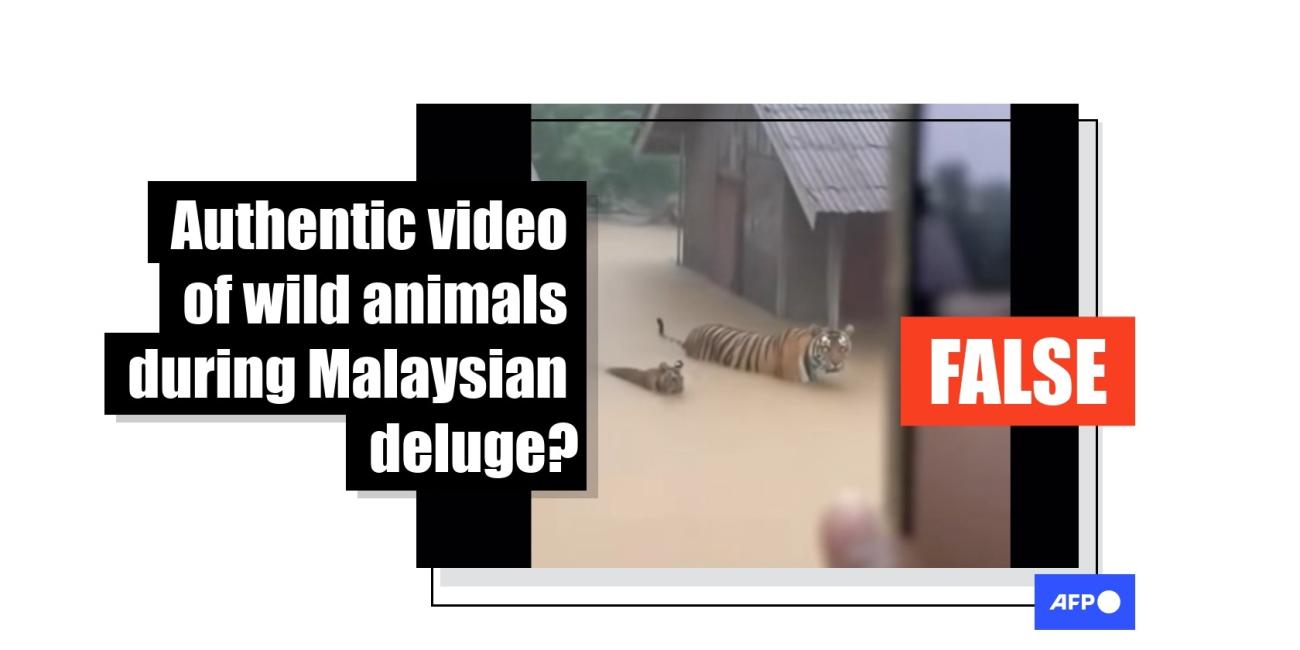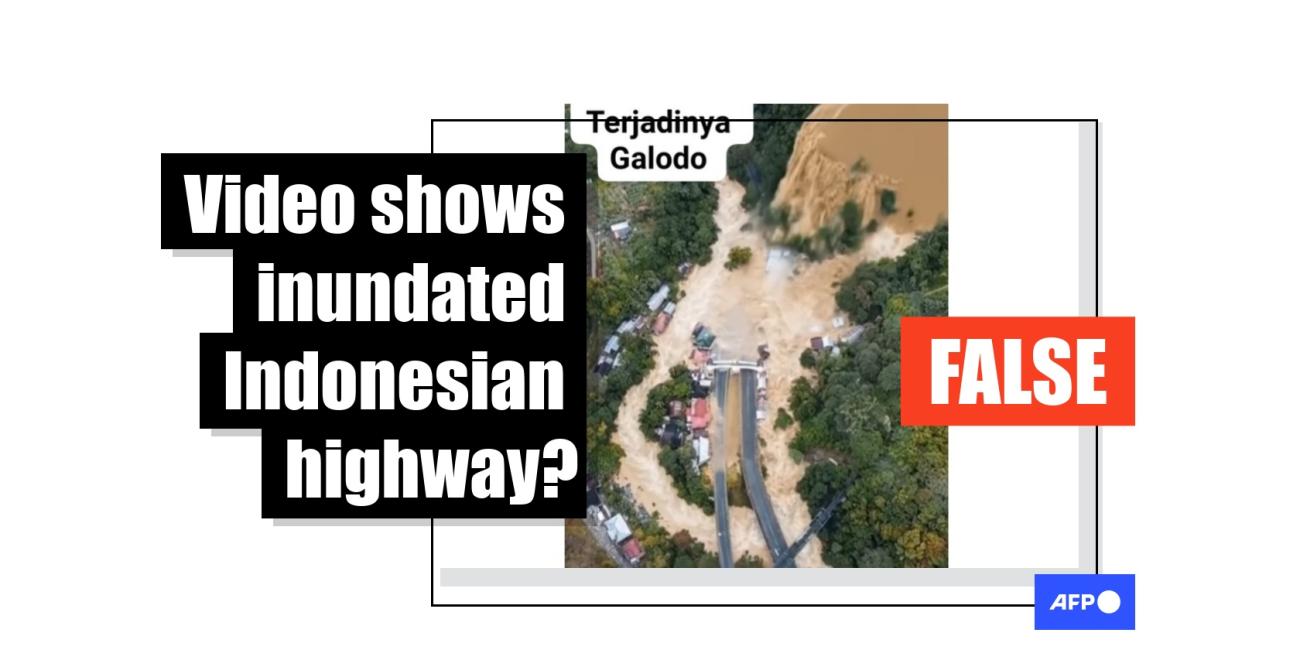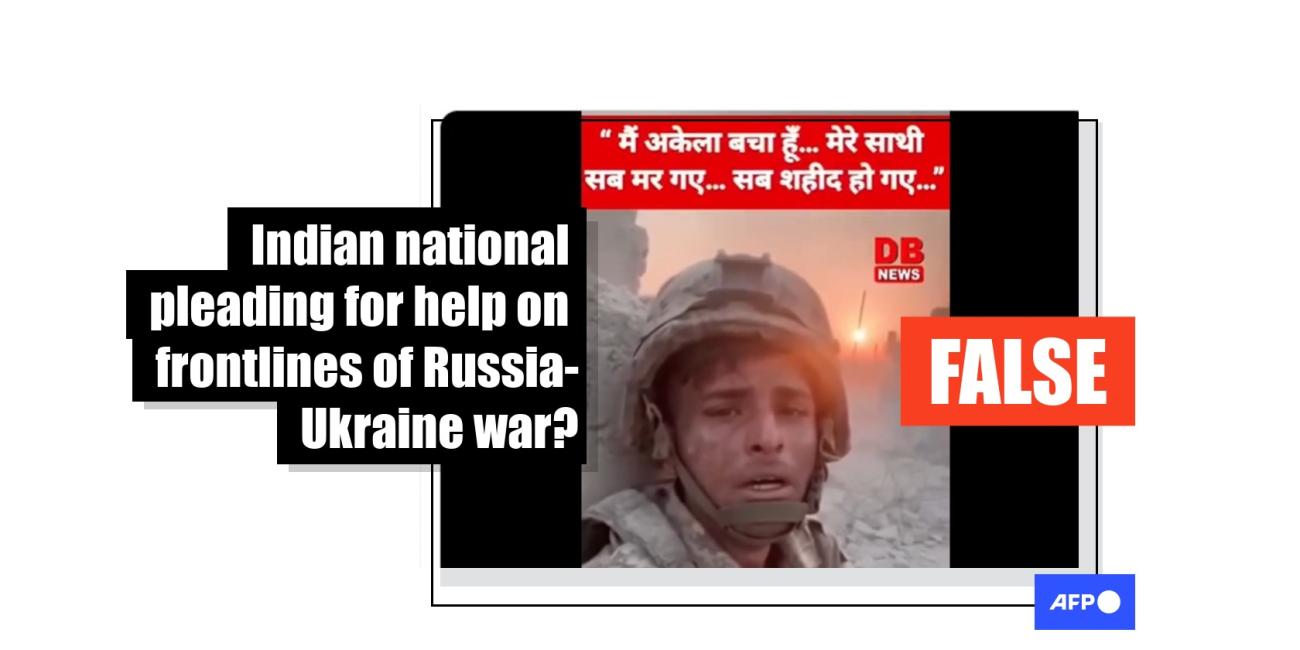
Old pictures of suffering children falsely linked to Sudanese war
- Published on November 18, 2025 at 10:53
- 4 min read
- By Rasheek MUJIB, AFP Bangladesh
After Sudan's paramilitary Rapid Support Forces (RSF) claimed in October 2025 it had captured a key army stronghold, visuals showing suffering children surfaced online with a false claim they were taken in the war-torn country. One of the images was made with AI, while the rest predate the war by years and were taken in other parts of Africa.
"Ah Sudan. The whole world is silent today. Because they are black, African, Muslim. Politics does not get interesting if it involves them, no one has any gains from their blood," reads the Bengali-language caption of a Facebook post shared on October 31, 2025.
The post -- shared 4,000 times -- features a photo of children sitting on the ground with their hands stretched out in a begging pose.
Another post with a similar caption shares a photo of a kid carrying a crying child on her back.

Both pictures circulated elsewhere on Facebook with similar claims.
Other social media posts published two more images, also falsely claiming they were taken in Sudan.
Content warning
The Sudanese war, which began more than two years ago as a power struggle between the regular army and the paramilitary RSF, has escalated into a brutal fight for territorial control (archived link).
The RSF said they captured El-Fasher -- the army's last remaining stronghold in the western Darfur region -- in October 2025 after besieging the city for nearly 18 months (archived link).
The conflict has killed tens of thousands of people, displaced nearly 12 million and triggered what the UN calls the world's most extensive hunger crisis.
But the visuals in the posts are not related to the Sudan conflict.
Old pictures
Reverse image searches show AFP published the first photo on November 25, 2008, with a caption saying it was taken in Goma, a city in the Democratic Republic of Congo (DRC).
"This file picture shows children, who have been displaced by violence, sitting on the ground while as they wait to get candy handouts from volunteers from a NGO at a camp for Internally Displaced People (IDP's) in Kibati just north of the provincial capital city of Goma," the caption reads.

The second photo was published by The Associated Press on November 6, 2008 (archived link).
"Protegee, carrying her sibling on her back, cries as she looks for her parents through the village of Kiwanja, 90 kms (55 miles) north of Goma, eastern Congo, Thursday Nov. 6, 2008," reads part of the caption.
The photo is credited to AP photographer Jerome Delay who also wrote an article about how children got separated from their families during the conflict in Congo that year (archived here and here).

Meanwhile, the search results of the image of a boy standing beside a dead body found it was labelled as "Made with Google AI" in its "About this image" feature.
Content warning
A Google spokesperson had previously told AFP that when a SynthID watermark is detected, it means that "the image has been generated or modified with AI".
SynthID, launched by Google's DeepMind AI lab in 2023, identifies images generated with Google AI (archived here and here).
The image also looks like an artwork generated from a similar photo found in the Getty Images archives, credited to David Turnley (archived link).
Content warning
According to the caption, it shows a Rwandan toddler crying while clinging to the body of his father who died of cholera in 1994 in Zaire, present-day DRC.
"The two had fled the Hutu-Tutsi violence in Rwanda and come to Zaire for safety," the caption further reads.
In 1994, Rwandans fled the country in their thousands to find refuge in the eastern part of DRC, the conflict resulted in at least 800,000 deaths in three months (archived link).
AFP previously debunked the same photo here and here.
Malawi
The photo that shows a child reaching her hand out was distributed by Getty Images and was credited to Per-Anders Petterson (archived link).

"Patricia Frank, 1, cries from hunger June 11, 2002 in the village of Zuwala in the Salima district of Malawi. Salima district is one of the worst affected by the food crisis in Malawi and has been hit by drought and flooding recently," reads the caption of the photo on Getty's website.
Malawi was among the countries in southern Africa hit by a food crisis at the time, caused by drought and floods and a second consecutive season of crop failures (archived link).
AFP has previously debunked misinformation about the Sudan crisis.
Copyright © AFP 2017-2025. Any commercial use of this content requires a subscription. Click here to find out more.
Is there content that you would like AFP to fact-check? Get in touch.
Contact us







